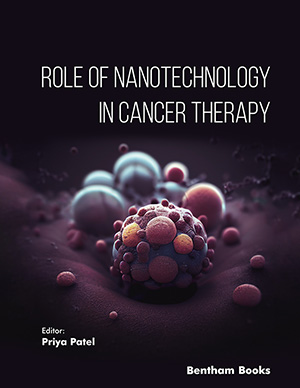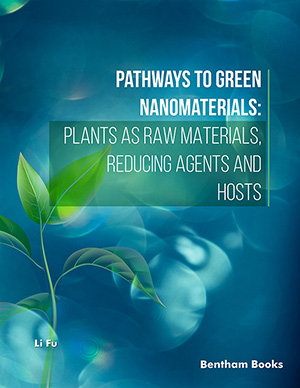Abstract
The blood–brain barrier (BBB) is a major obstacle to the effective delivery of therapeutic agents to the central nervous system (CNS). A small number of drugs have the potent ability to treat brain disease, but their efficiency is poor due to the existence of the BBB. Brain-targeted nanocarriers have been developed to overcome the BBB to increase drug accumulation in lesion regions in the brain and reduce toxicity in healthy brain tissue. Among these nanocarriers, stimuli-responsive nanocarriers (also known as smart nanocarriers) have become a hot topic in recent years. Stimuli-responsive nanocarriers can change their chemical structures or physical properties in response to environmental stimuli. When drugs or biomolecules are transported to certain regions of the brain, these changes can induce cargo release from the drug carrier to treat abnormal cells or tissues. These interesting characteristics provide us with an opportunity to endow various types of smart nanocarriers with the capability to response to single stimulus or multiple stimuli to release drugs at certain lesion regions. In current review, we describe the characteristics and function of the BBB and then focus on recent progress in stimuli-responsive nanocarriers targeting the brain. These naonocarriers include nanocarriers modified with pH-, redox-, photo- and enzyme-responsive polymers or band. We emphasize potential biological applications on brain diseases therapy of nanocarrier and their controlled release upon the application of different stimuli.
Keywords: Blood brain barrier (BBB), central nervous system (CNS) disorders, external stimuli, internal stimuli, nanocarriers, stimuli-responsive.


























